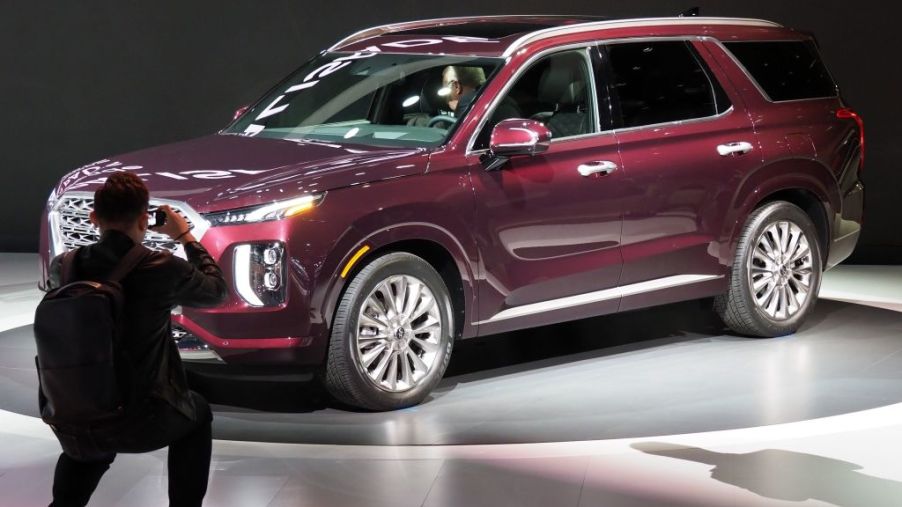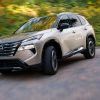
The Most Annoying Problems With the New Hyundai Palisade You Should Know About
Hyundai is known for being innovative and creating some really good cars. This is true in the SUV market too, and Hyundai has recently started selling the Palisade, Hyundai’s largest SUV ever. And while the Palisade may be a critically acclaimed SUV, it does have its flaws. What are these flaws and should they stop you from buying this car?
What is the Hyundai Palisade?
The Palisade is one of Hyundai’s entries in the SUVs with third-row seating market segment. As Hyundai’s largest SUV on the market, the Palisade gives its seven or eight passengers a lot of leg and headroom to play with. On top of that, it has the cargo room to store all the things that seven or eight people will need on a trip.
U.S. News says that with none of its seats folded, the Palisade has 18 cu. ft. of cargo room. With its third row of seats folded down, it gets about 46 cu. ft. of cargo room. With both its third and second-row seats folded down, the Palisade gets over 86 cu. ft. of cargo room. All of this space isn’t just empty room, either.
The Hyundai Palisade comes with a lot of standard features, including both infotainment and smart safety features. At the center of it all is a 12.3-inch digital instrument cluster and an 8-inch touchscreen display. On top of that, Hyundai has its SmartSense safety suite as standard on the Palisade. SmartSense gives Palisade owners access to adaptive cruise control, along with other safety features, as standard.
But that’s where the catch is
While the standard Hyundai Palisade has a lot of great standard features that its competitors won’t have, these features are also the cause of the most annoying problems with the Palisade, according to Consumer Reports.
For example, while the Palisade’s standard 8-inch touchscreen infotainment system is a nice feature to have, Consumer Reports said that it has a lot of usability issues. The buttons on the Palisade’s infotainment system, for instance, were simply hard to see and read. Consumer Reports said that this was due to the fact that the infotainment control buttons were “gray on gray” and that they were “washed out.”
This is important to note as not everyone driving the Palisade will have perfect vision. As a result, some folks who have less than stellar vision may have trouble using the controls of the Palisade. This can simply be annoying, or, as Consumer Reports mentioned, it could force drivers to use more concentration than necessary in order to press those buttons.
This usability issue with the buttons was a recurring trend, too. Consumer Reports cited multiple other controls, such as the Palisade’s door locks and the push-button shifter, as areas that had similar usability issues. That said, the buttons were large and in a good location, according to Consumer Reports. The test drivers simply had a hard time using those buttons by feeling them.
Another mild usability issue had to do with the Palisade’s adaptive cruise control system. It worked really well, according to Consumer Reports. However, if you want to change the following distance, then that will be a hassle due to how the system was designed.
Consumer Reports’ verdict
Overall, these mild annoyances were just that to Consumer Reports. The Hyundai Palisade, like any other car, has some flaws. These flaws don’t take too much away from the overall greatness of the Palisade, though.
Indeed, as Consumer Reports noted, the Palisade is only slightly worse than the Kia Telluride in certain areas, and as a result, the Telluride takes first place in the segment. However, with a score of 87 out of 100, the Palisade is in second place, and it’s easily a better SUV than many of its competitors.



